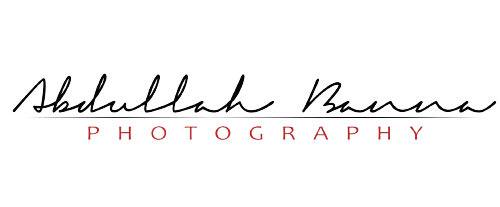Stock Images vs AI-Generated Images: The Battle of the Century in Creative Media
Table of Contents
- The Rise of Stock Images
- The Emergence of AI-Generated Images
- Creative Control: Stock vs AI
- Ethical and Legal Battles
- The Future of Creative Media: A Hybrid Approach?
- Conclusion: The Battle for Visual Supremacy
- Useful Resources and Further Reading
1. The Rise of Stock Images
Origins and Dominance
Stock images have long been the go-to resource for content creators in need of quick, professional visuals. These are pre-made images, often captured by professional photographers, and licensed for use in various digital and print projects. Platforms like Shutterstock, Getty Images, and Adobe Stock house millions of photos and illustrations, catering to a wide array of industries and needs.
Limitations of Stock Images
Despite their popularity, stock images have notable limitations:
- Generic Appeal: Stock images are often criticized for their lack of originality. Since they are available to the masses, the same image can appear across multiple platforms, leading to a homogenized visual culture.
- Lack of Specificity: While there are millions of stock images, it can still be challenging to find the exact visual that captures the specific essence or mood of a project.
- Cost Over Time: Though cheaper than custom shoots, the cost of purchasing stock images can add up, especially for businesses requiring constant, unique visuals.
2. The Emergence of AI-Generated Images
AI’s Role in Image Creation
AI-generated images represent a revolutionary shift in how visuals are created. Rather than relying on human photographers, AI platforms like DALL·E, MidJourney, and Runway generate visuals based on text prompts. This means creators can generate unique, on-demand images tailored to their exact specifications—something stock image libraries struggle to offer.
Challenges of AI-Generated Images
Despite the excitement surrounding AI images, there are also challenges:
- Quality Control: AI tools can still produce images with imperfections—such as distorted faces or unnatural object proportions.
- Ethical Concerns: AI-generated images are often based on datasets that include copyrighted materials, raising intellectual property questions.
- Bias in AI: AI algorithms trained on biased data can reflect cultural or racial biases, raising fairness and inclusivity concerns.
3. Creative Control: Stock vs AI
At the heart of the debate between stock and AI-generated images is the issue of creative control. Stock images offer pre-made, polished content but limit the creator’s ability to make significant changes. AI places creative power in the hands of the user, allowing them to generate visuals aligned with their vision. However, using AI effectively requires the skill of prompt-engineering, a new challenge for creative professionals.
4. Ethical and Legal Battles
The rise of AI-generated images has sparked a flurry of legal and ethical debates. One primary concern is ownership. Since AI uses vast datasets to learn and create, there are concerns about replicating existing works and infringing on intellectual property. Stock images, however, come with clearer licensing agreements. Additionally, AI’s environmental impact due to its energy consumption is another evolving issue.
5. The Future of Creative Media: A Hybrid Approach?
While stock images and AI-generated images are often portrayed as rivals, the future of creative media may lie in a hybrid approach. Many professionals are combining the strengths of both. Stock images can be enhanced using AI tools to add unique elements, blending professionalism and originality. The symbiosis between stock images and AI could streamline creative workflows, making content creation more efficient.
6. Conclusion: The Battle for Visual Supremacy
The competition between stock images and AI-generated visuals is more than just a technological rivalry—it reflects broader shifts in the creative industry. Stock images have long been the backbone of content creation, offering convenience and professional quality. However, the rise of AI-generated images is challenging that dominance by offering customization, speed, and originality.
Ultimately, the winner of this “battle of the century” may not be one over the other, but rather the content creators themselves, who will benefit from the growing array of tools at their disposal. As AI continues to improve and the ethical frameworks surrounding it evolve, it’s likely that both stock and AI images will play significant roles in the future of visual storytelling.
7. Useful Resources and Further Reading
For those interested in diving deeper into the world of stock images and AI-generated visuals, here are some valuable resources and platforms that offer a range of creative tools:
- Shutterstock – A leading platform for stock images, offering millions of high-quality photos, illustrations, and videos for creative projects.
- Adobe Stock – Another top platform for stock photography, known for its integration with Adobe’s Creative Cloud tools.
- DALL·E by OpenAI – A powerful AI image generation platform that creates visuals based on text prompts, showcasing the cutting-edge potential of AI in art and design.
- MidJourney – A tool that allows users to generate unique AI art, ideal for those looking to experiment with AI-generated visuals.
- Runway ML – A creative suite that provides real-time AI tools for generating images and videos, enabling innovative content creation.
- Creative Commons – For those seeking free-to-use images with customizable licensing options, Creative Commons offers a wide range of stock visuals.
- The Future of AI in Creative Industries – A thought-provoking article on the impact of AI on the future of creative industries, providing insights into trends and ethical considerations.




